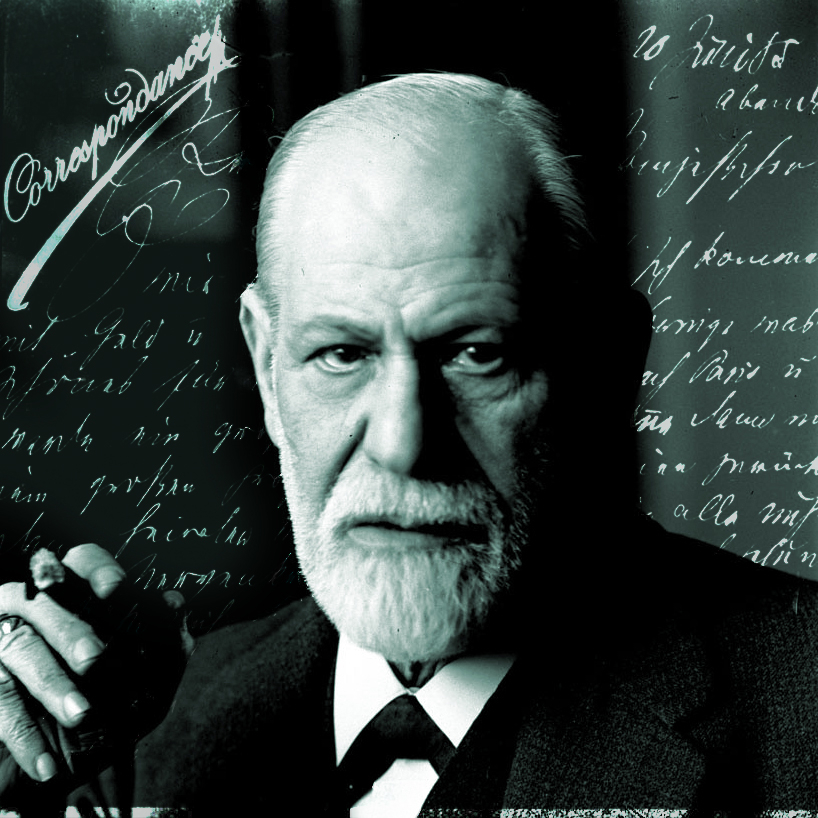In 1873, Sigmund Freud enrolled at the University of Vienna, but by his own admission he was “decidedly negligent” with his studies, passing his medical exams for his doctorate eight years later, in 1881. He was ensconced most of that time in the laboratory of physiologist Ernst Brücke, where he found “rest and full satisfaction,” as he put it, studying the nervous system. All of which suggested that he was set to embark on a career that would allow him to slowly climb the academic ladder.
That is, until one afternoon in April 1882, when Freud returned home from the laboratory and met Martha Bernays, an attractive, 21-year-old visitor from northern Germany. It was an encounter that radically altered his life’s trajectory.
When I started my research for my new book, Saving Freud: The Rescuers Who Brought Him to Freedom, I wanted to focus on the extraordinary group of people who extricated Freud from Vienna after the Anschluss, Hitler’s annexation of Austria in 1938. But I soon realized that I needed to trace his path from the beginning to put their efforts in context.

This meant identifying why and how Freud became such a celebrated explorer of the human mind, the founder of the new field of psychoanalysis. Which might never have happened if it were not for that first encounter with Martha.
That meeting was not as much a product of serendipity as it might appear. Although Martha was living with her widowed mother in Wandsbek, near Hamburg, the family had resided in Vienna earlier, and her older brother, Eli Bernays, was engaged to Freud’s sister Anna. When Martha and her sister returned to Vienna for a visit, they came to see the Freuds in their apartment. Since Sigmund was still living there, it was only natural that they should run into each other.
By his own effusive accounts, Freud was drawn to Martha, who was five years younger than he was, from the moment he laid eyes on her. He immediately set out to woo her, and, two months later, they were engaged, on their way to a marriage that would produce six children and last for 53 years, until the end of his life.
In some ways, they were an improbable match. Martha was born into a prominent Orthodox Jewish family; her grandfather Isaac Bernays had been the chief rabbi of Hamburg. Freud never denied his Jewish background, but he was neither religious nor observant.
For fear of antagonizing her observant mother and brother, Martha initially kept their engagement a secret, which irritated her fiancé. Yet both of them proved willing to overlook such disagreements. The most serious obstacle to their marriage, rather, was their meager finances.
As a bachelor living at home, Freud was able to survive from his small research grants and fees for his publications. But he was not in a position to take on the responsibilities of a husband and, presumably, father. Spurred by his engagement, he abandoned the laboratory and took a job as a junior physician in Vienna General Hospital. The goal was to obtain the clinical experience needed to open a private practice, which would allow him to support a family.
That day would not come until four years later. During their extended engagement, Martha remained mostly at home in Wandsbek, and Freud in Vienna, but the couple wrote to each other almost daily. He wrote more than 900 letters, revealing aspects of his personality that contradict the popular image of him as an intensely stern figure.

In those missives, Freud comes across as an unbridled romantic, a young man carried away by the first truly passionate, still chaste relationship in his life. He addressed Martha as “My sweet Princess,” “My beloved treasure,” and “Fair Mistress, sweet love.” He told her that she had “captivated” his heart, adding “that roses and pearls fall from your lips as with the princess of a fairy tale.”
While Freud soon gained fame as a revolutionary thinker about human sexuality and the subconscious workings of the mind, his expectations for Martha remained distinctly old-fashioned. As he explained to her in one of his early letters, a woman’s destiny was “to be an adored sweetheart in youth, and beloved wife in maturity.”
Martha willingly accepted that view, but she would rule the combined house and busy office with a sure hand, governing all the logistics and acting as its manager, both in Vienna and in London, after they were forced to flee. When it came to planning their summer trips to the Alps, their oldest son, Martin, recalled, Martha displayed “the cold and calculating genius of a senior officer of the Prussian General Staff.”
After Freud died, on September 23, 1939, at the age of 83, Martha wrote to one of his colleagues: “I cannot even complain, for I have been granted more than a lifetime in which I have been allowed to look after him, to shield him from the troubles of everyday life.”
Thus shielded, Freud made his breakthrough discoveries while studying patients instead of specimens in a laboratory.

Andrew Nagorski is a former foreign correspondent and editor for Newsweek. His new book, Saving Freud: The Rescuers Who Brought Him to Freedom, will be published by Simon & Schuster on August 23

